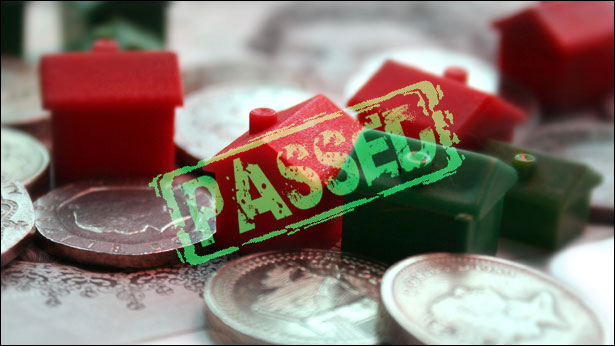
24 February 2014
The long awaited exemption from Community Infrastructure Levy (CIL) charges for self and custom builders finally came into effect today (24 February). The changes will typically save most self builders £10,000 to £30,000.
The move has come after 18 months of Government deliberation, and following a sustained campaign by the National Self Build Association (NaSBA).
{TEASER}
CIL was introduced by many local councils following the Planning Act of 2008 which allowed them to make a charge when a builder secures planning permission. The monies are then used to fund infrastructure costs such as flood defences, hospitals and parks.
Under the new rules, self builders (and custom builders’ clients) will need to apply for a CIL exemption using a Declaration and Commencement form, and will then receive an acknowledgement from their local authority. They need to get this formal acknowledgment before any building work can begin – including laying foundations.
NaSBA also recommends that self-builders plan ahead for the documents they’ll need to submit no later than six months following the completion of their build. These include title deeds, completion certificates, proofs of occupation and one other proof such as a self-build mortgage or warranty. Failure to provide these may mean that the owner will still have to pay the CIL charge.
Welcoming the formal introduction of the CIL exemption Communities Secretary Eric Pickles said: “Building your own home is always a challenge and we are doing what we can to help people realise their dream and provide a home for their family. This change will save self-builders thousands of pounds and help many more in the future.
“By boosting the numbers of people building their own home we can help increase the number of new houses built each year in this country and support local businesses. There are too many levies and charges on housing. By cutting these, we can help build more homes.”
Ted Stevens, chairman of NaSBA estimated that about one in eight self build projects has been ‘mothballed’ over the last two years, because of the impact of this new charge. “So we anticipate the exemption will have a significant impact on self build starts, with 2,000 to 3,000 homes coming off the shelf, and starting on site in the next few months,” he said.
“This is good news for the people who want to build their own homes and it will also be good news for the supply chain and local construction related businesses that support the self build sector.”
NaSBA’s ‘Simple Guide to Getting The Community Infrastructure Levy Exemption’ is available to download via the Technical Downloads section.
You can also find the regulations themselves at the UK Government Legislation website (search for ‘Community Infrastructure Levy (Amendment) Regulations 2014’).
You’ll also find downloadable forms on the Planning Portal website.



